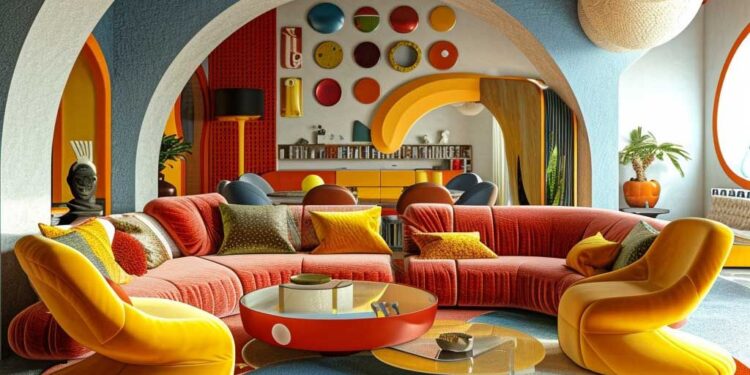Defining Retro Futurism
At its core, retro futurism imagines what the future looked like through the lens of a bygone era—often the 1920s through 1960s. It captures the contradictions between earnest utopianism and now‑dated technology. Key characteristics include:
A. Sleek, Streamlined Forms: Influenced by Art Deco and Googie architecture, featuring aerodynamic curves and bold fins.
B. Optimistic Color Palettes: Bright pastels, metallics, and primary hues that evoke hope and progress.
C. Analog Technology References: Dials, gauges, vacuum tubes, and radar‑style graphics.
D. Space Age Imagery: Rockets, planetary rings, starbursts, and jetpack silhouettes.
E. Eclectic Material Mixes: Chrome, fiberglass, vinyl, Lucite, and glossy laminates.
By combining these motifs, retro futurism simultaneously celebrates past dreams and playfully critiques their naiveté.
Historical Roots
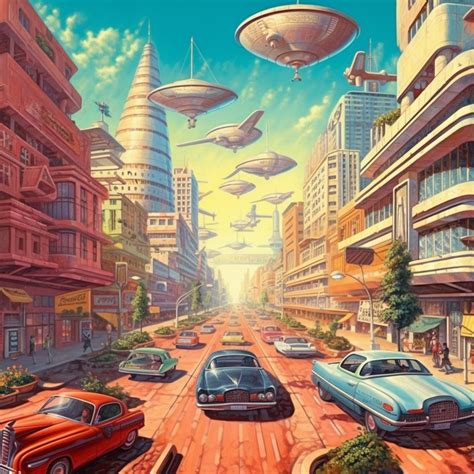
Retro futurism’s lineage traces back to early 20th‑century expositions and media:
A. World’s Fairs (1930s–1960s): Futurama at the 1939 New York World’s Fair showcased rotating dioramas of “Tomorrowland,” inspiring countless visions of automated highways and robotic servants.
B. Pop Culture Icons: Comics like Flash Gordon, films such as Metropolis (1927), and TV shows like The Jetsons (1962) projected shiny, gadget‑filled worlds.
C. Consumer Product Design: Post‑war appliances embraced rocket‑inspired curves and pastel finishes—think pastel refrigerators, bubble‑top televisions, and boomerang tables.
D. Concept Cars: American automakers rolled out concept vehicles with tailfins, wrap‑around windshields, and jet‑inspired grilles, envisioning highways of tomorrow.
These early visions shaped collective expectations and laid the groundwork for today’s designers to revisit and reimagine.
Principles of Retro Futuristic Design
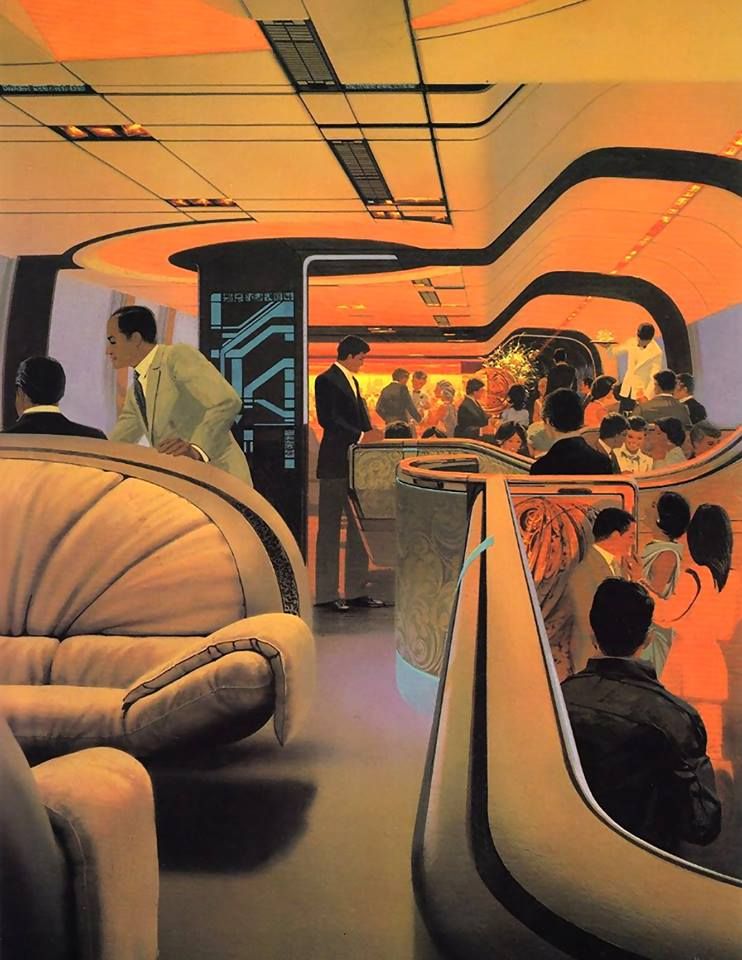
Designers working in this genre often adhere to guiding principles:
A. Optimistic Narratives: Emphasize hope, possibility, and a positive relationship with technology.
B. Juxtaposition of Eras: Combine vintage materials or patterns with modern fabrication techniques.
C. Iconic Symbolism: Lean on immediately recognizable motifs—rocket silhouettes, starbursts, and space‑helmet visors.
D. Playful Irony: Acknowledge the mismatch between past predictions and current realities, often through tongue‑in‑cheek details.
E. Human‑Centered Tech: Despite the gleaming surfaces, retain a focus on user comfort and interaction.
These principles ensure retro futurism remains more than mere pastiche, but a meaningful commentary on design’s trajectory.
Retro Futurism in Graphic Design
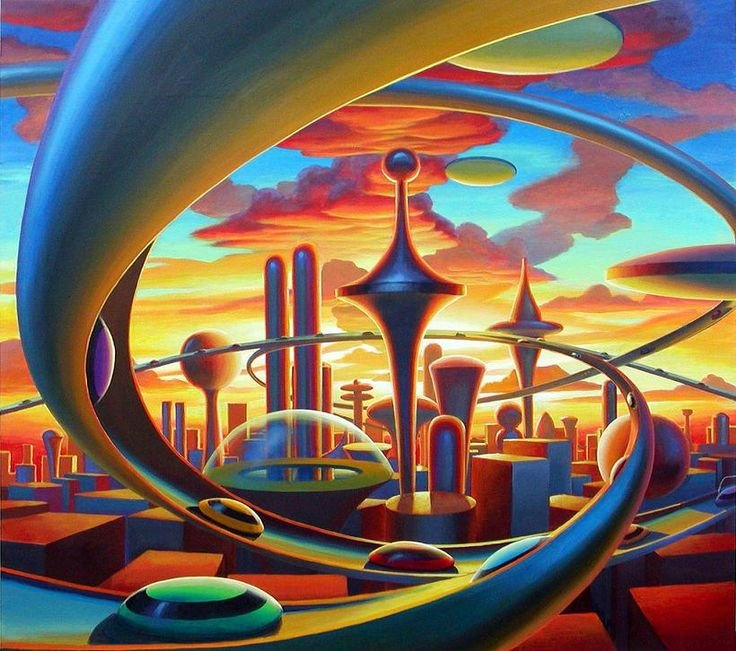
Logos and Typography
Graphic designers evoke retro futurism through custom typefaces and logos:
A. Geometric Letterforms: Angular, blocky fonts with integrated star shapes or atomic dots.
B. Gradient Fills: Subtle metallic gradients or two‑tone fades reminiscent of polished aluminum.
C. Line Art Illustrations: Minimalist space vehicles, planetary orbits, and radio waves in thin outlines.
D. Badge Layouts: Circular logos imitating mission patches or airline emblems from the 1950s.
Packaging and Print
Packaging taps into mid‑century aesthetics by:
A. Pastel Color Blocks: Mint green, bubblegum pink, and sunshine yellow paired with chrome accents.
B. Faux‑Retro Illustrations: Hand‑drawn rocket ships or stylized astronauts printed on cereal boxes or detergent packaging.
C. Dot Pattern Halftones: Mimic vintage printing techniques to add texture and nostalgia.
Fashion and Wearables
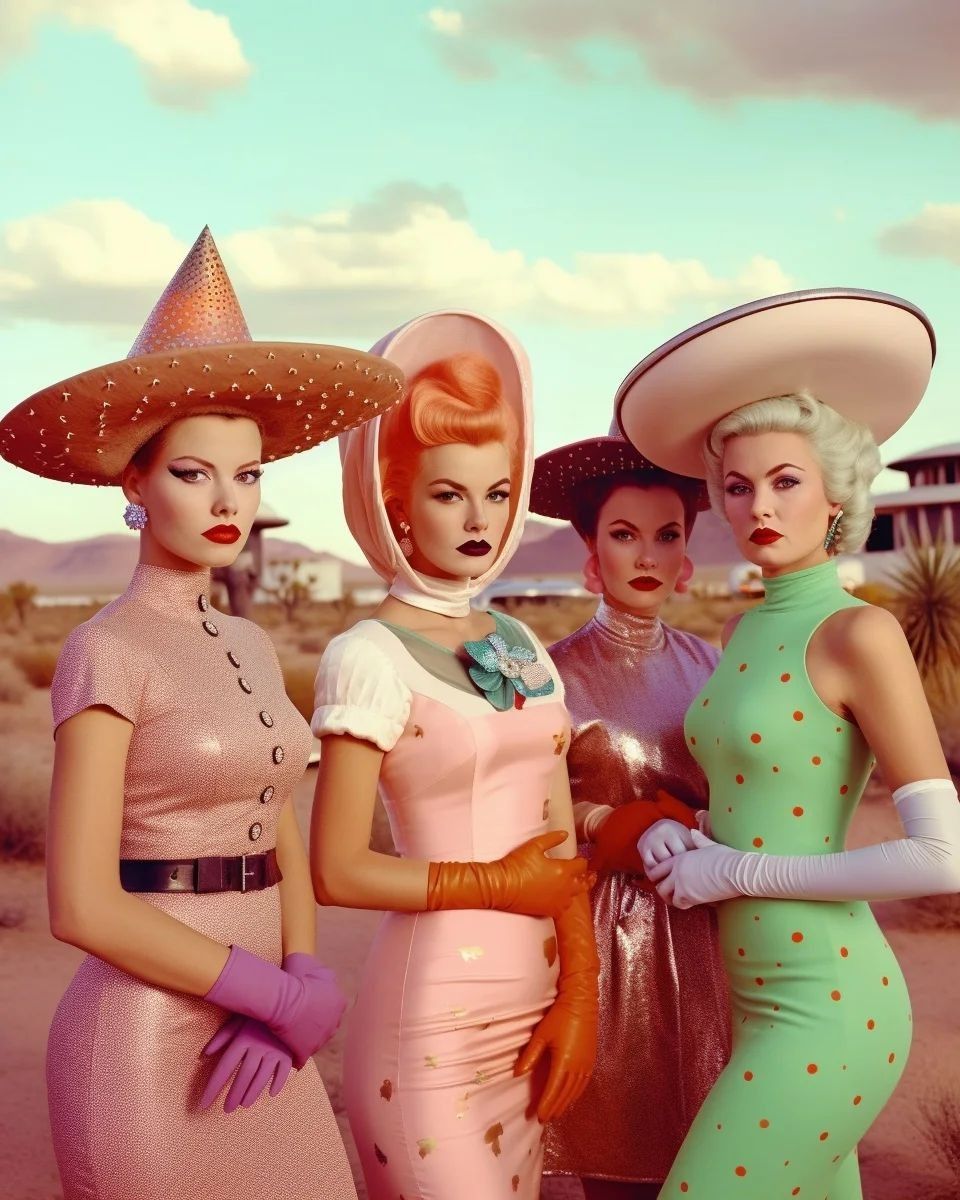
Runways and street style alike have embraced retro‑futuristic clothing and accessories:
A. Sculptural Silhouettes: Bubble skirts, flared sleeves, and angular seam lines that echo spaceship hulls.
B. Metallic Textiles: Silver lamé, iridescent nylons, and holographic vinyls reminiscent of space‑age uniforms.
C. Graphic Prints: Repeating motifs of stars, rockets, and planetary maps on dresses, shirts, and scarves.
D. Futuristic Footwear: Boots with exaggerated platforms, clear PVC panels, and built‑in LED lighting.
E. Tech Infusions: Smartwatches with retro dials or garments embedded with light‑emitting fibers for an otherworldly glow.
By fusing old and new, fashion designers invite wearers to become part of a living sci‑fi tableau.
Architecture and Interior Design
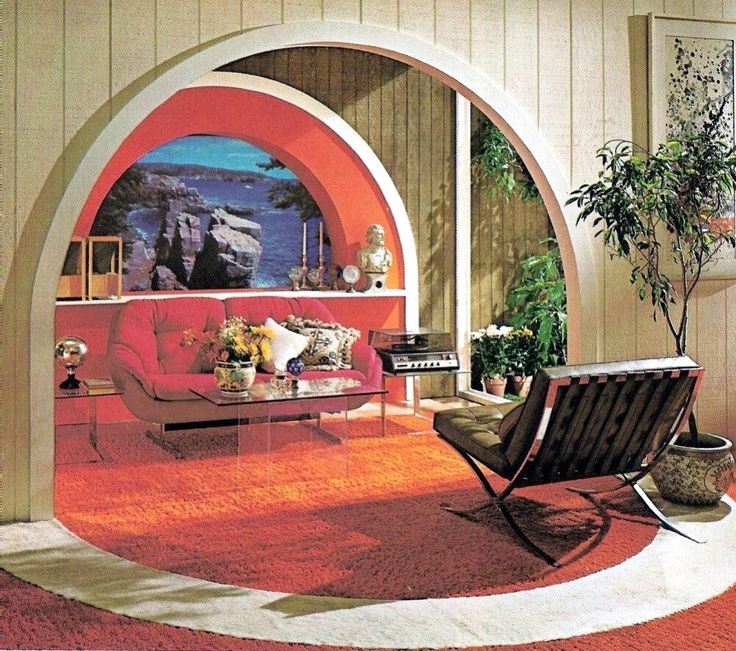
Interior and architectural applications of retro futurism blend form and function:
Structural Elements
A. Curved Walls and Domes: Reminiscent of Buckminster Fuller’s geodesic visions, providing fluid circulation.
B. Cantilevered Overhangs: Floating canopies that evoke flying saucers.
C. Porthole Windows: Circular windows that visualize a spacecraft aesthetic.
Material Palettes
A. Chrome and Stainless Steel: High‑shine metals for railings, light fixtures, and countertops.
B. Colored Glass Panels: Translucent partitions in pastel hues for room dividers or feature walls.
C. Retro‑Patterned Linoleum: Graphic floor tiles with atomic dot or starburst designs.
D. Plastic Laminates: Bold laminate counters and furniture surfaces in avocado green, burnt orange, or mustard yellow.
Furniture and Decor
A. Sputnik Chandeliers: Multi‑arm light fixtures with globe bulbs spreading outward like celestial bodies.
B. Pod Chairs: Enveloping seats molded from fiberglass or plastic, often on swivel bases.
C. Boomerang Tables and Sideboards: Furniture pieces with angled supports and tapered legs.
D. Starburst Mirrors: Decorative mirrors with radiating metal spikes that mimic sunbursts.
Interiors designed this way feel both nostalgic and futuristic, inviting occupants to journey through time.
Product and Industrial Design
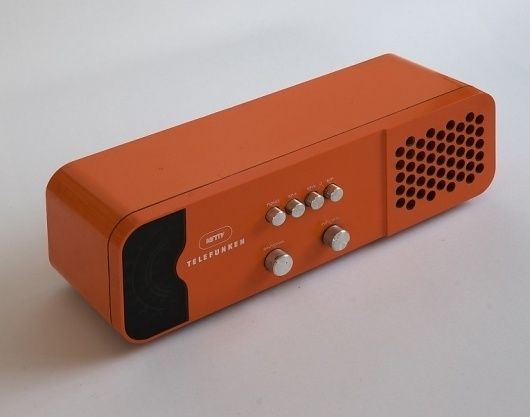
Modern products echo retro futurism through playful nods to past tech fantasies:
A. Consumer Electronics: Radios, speakers, and record players shaped like mini‑spacecraft with tactile knobs and glowing dials.
B. Appliances: Refrigerators and ovens with rounded edges and pastel enamel finishes, updated with smart‑home connectivity.
C. Automotive References: Bicycle frames with streamlined tubing, or electric scooters bearing tailfin silhouettes.
D. Furniture Prototypes: 3D‑printed chairs and lamps that reinterpret Googie curves with contemporary materials.
By injecting whimsy into everyday objects, designers remind users of a time when technology felt boundless.
Film, Gaming, and Virtual Experiences
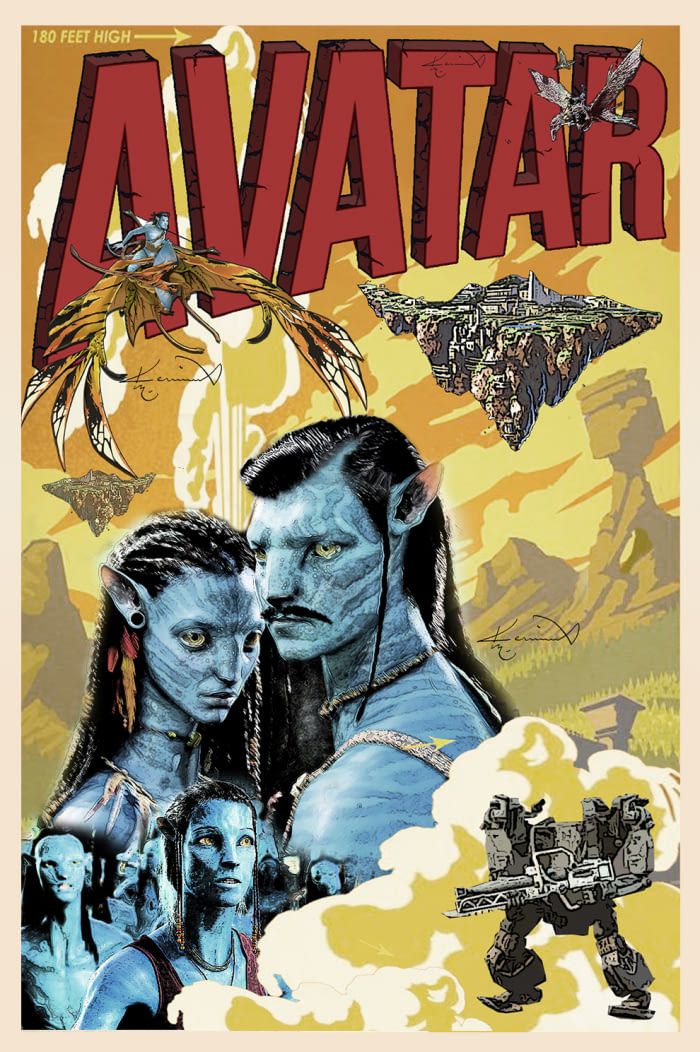
Entertainment media frequently borrow retro‑futuristic visuals:
A. Set Design: Films like Blade Runner 2049 and The Incredibles integrate neon signs with Art Deco venues.
B. Video Game Worlds: Titles such as Fallout reimagine 1950s Americana with post‑apocalyptic tech mashups.
C. Virtual Reality Environments: VR experiences that transport users into mid‑century space hotels or lunar colonies.
These immersive worlds leverage familiar retro cues to craft engaging, emotionally resonant futures.
Practical Tips for Designers
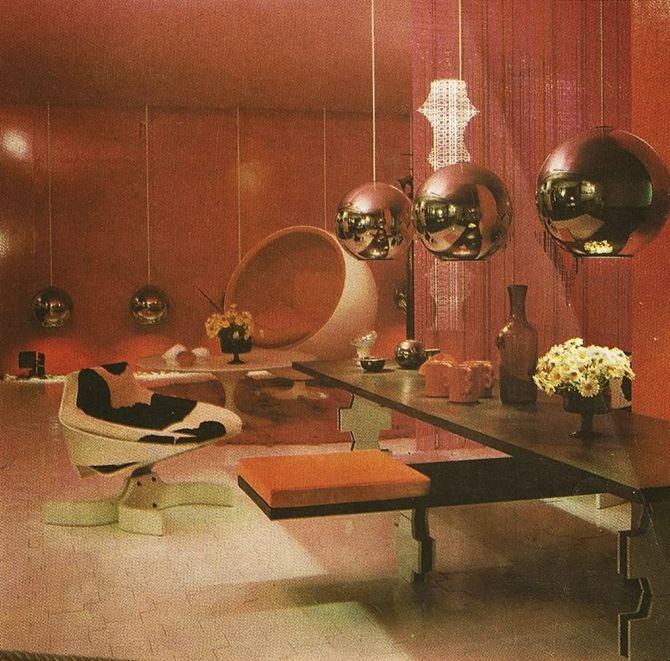
Whether you’re a graphic artist or an architect, here’s how to integrate retro futurism effectively:
A. Research Original Sources: Study vintage magazines, World’s Fair pamphlets, and old sci‑fi book covers for authentic references.
B. Start Small: Introduce a single motif—a starburst pattern or porthole window—before scaling up.
C. Balance Past and Present: Combine retro shapes with modern materials (e.g., carbon fiber, OLED screens).
D. Mind Proportions: Pay attention to scale; exaggerated fins or domes can feel kitschy if too large.
E. Emphasize Storytelling: Embed narrative elements—model rockets, mission emblems, or fictional logos—to deepen engagement.
This measured approach ensures retro futurism adds flair without overwhelming practicality.
Challenges and Considerations
Working with retro futurism also poses challenges:
A. Avoiding Cliché: Overused motifs (e.g., generic UFOs) can feel trite; seek lesser‑known references for freshness.
B. Material Constraints: High‑gloss plastics and specialized laminates may be costly or environmentally concerning—seek sustainable alternatives.
C. Cohesion with Brand Identity: For commercial projects, ensure the playful tone aligns with client messaging and doesn’t distract.
D. Long‑Term Relevance: Trend‑driven aesthetics can date quickly; consider how elements will age over time.
By anticipating these issues, designers can create work that remains evocative and functional.
The Future of Retro Futurism
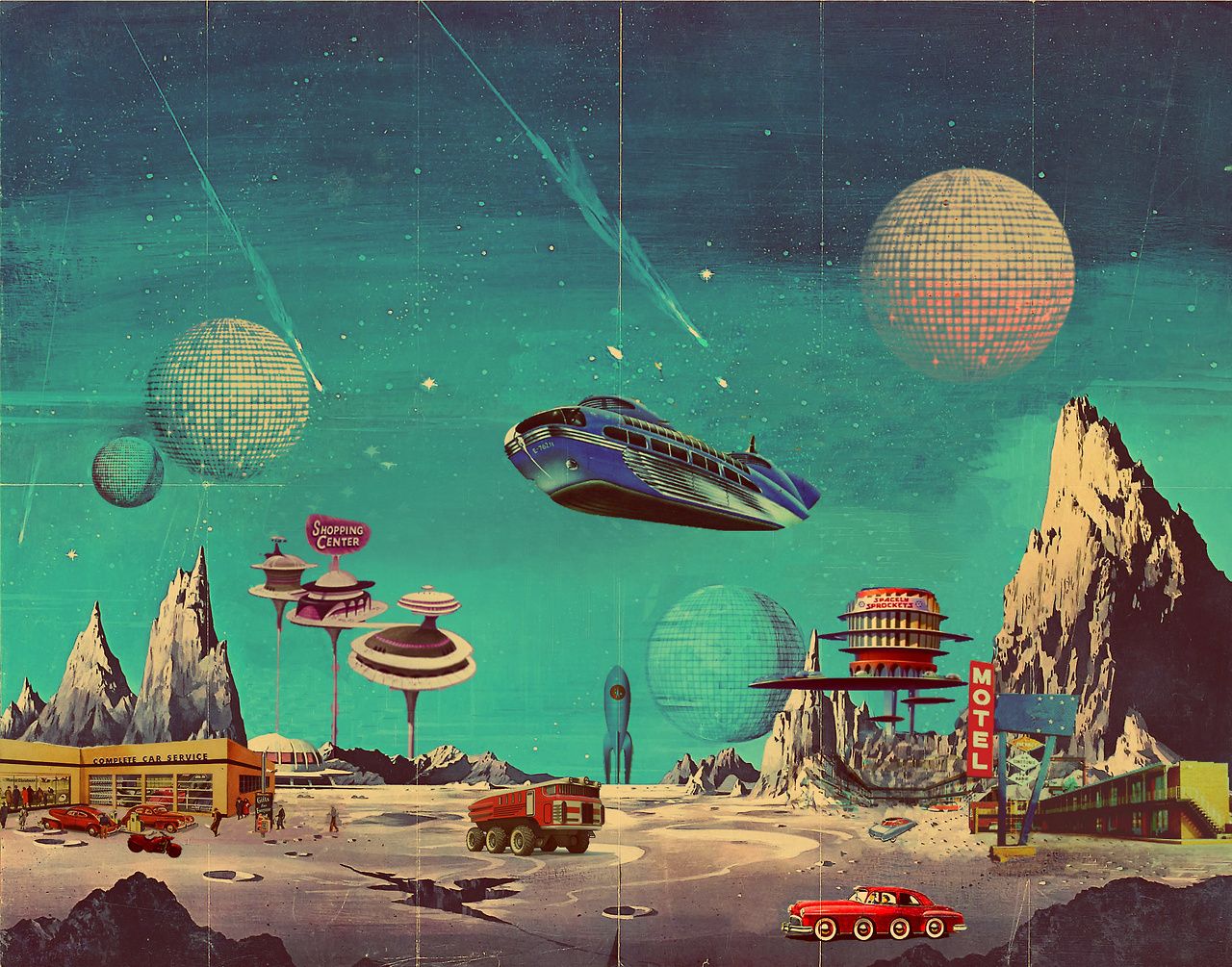
As technology and culture evolve, retro futurism will continue to adapt:
A. Sustainable Revival: Expect eco‑friendly materials—recycled plastics, biodegradable composites—shaping future space‑age looks.
B. Augmented Reality Overlays: AR apps that project retro‑futuristic interfaces onto real‑world environments for dynamic experiences.
C. Cross‑Cultural Hybrids: Blending mid‑century American motifs with retro Japanese or Soviet visions of the future for richer storytelling.
D. Parametric Design: Algorithmically generated starburst patterns or finned structures that merge classic forms with modern computation.
E. Emotional Design: Deeper focus on how nostalgic optimism can counteract modern anxiety and climate concerns.
This forward‑looking evolution will keep retro futurism vibrant and meaningful.
Conclusion
Retro futurism offers designers a delightful palette of shapes, colors, and narratives drawn from an era when the future seemed limitless. By thoughtfully blending past aspirations with contemporary technology and sustainability, creative professionals can craft spaces, products, and experiences that inspire wonder and optimism. Whether you’re sketching a spaceship‑inspired lamp or reimagining a vintage motel lobby, retro futurism encourages you to dream big—just as our grandparents once did.

